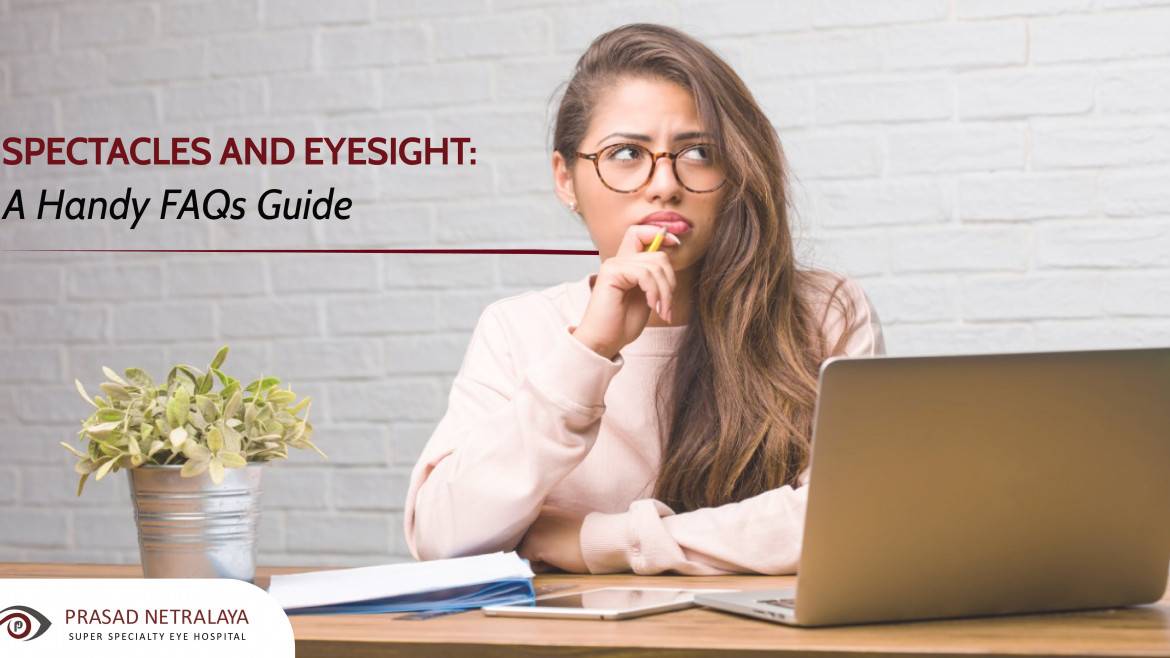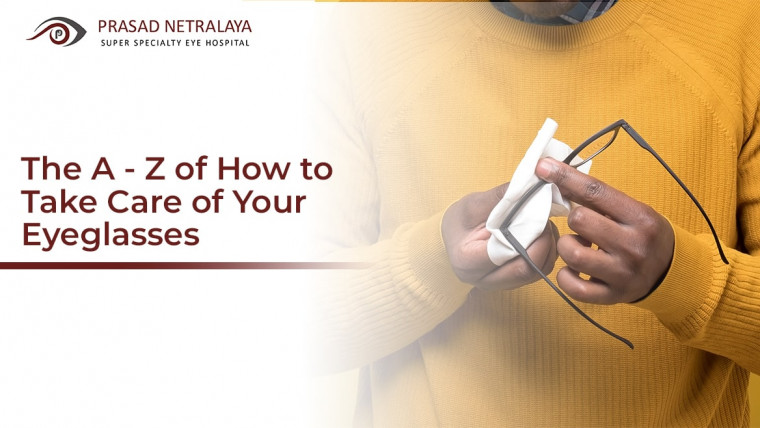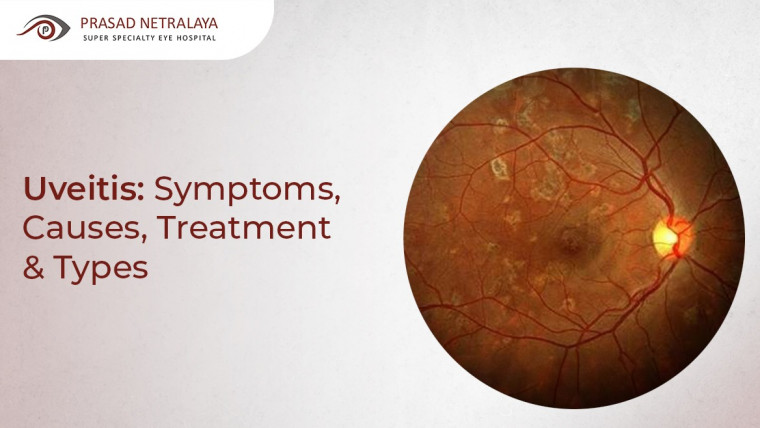Wearing glasses may sometimes seem like a pain — but the difference in your vision is worth it. Your eyes will feel fresher, especially if you choose modern eyeglasses with anti-reflective or anti-glare coatings.
If you have finally decided to start wearing eyeglasses after experiencing blurry vision and headache, then it is natural for you to have some questions. In this FAQs Guide, we have answered some common questions people have about spectacles and eyesight — ones that they usually ask eye doctors. Scroll and read on! We hope it helps.
What is considered poor eyesight?
If you think you have been prescribed eyeglasses because you have poor vision — know that many adults and kids are given a prescription for some kind of vision correction, so you are not alone. Let’s not call it poor vision, but a ‘stronger prescription’ — which is where the numbers are -3 and above, or +2 and above.
Does wearing someone else’s glasses hurt your eyes?
For an adult, wearing someone else’s glasses won’t damage your eyes as long as it’s for a few minutes — or if you are wearing it in the dark with nothing visible to focus on. Wearing it for a longer time might give you a headache or eye strain, especially in the daytime or in a brightly lit room. It is best to avoid wearing another person’s glasses. For a child — especially under the age of 10 years — the vision center of the brain is still developing. So, wearing the wrong glasses for a long time can be harmful.
What happens if you wear the wrong prescription glasses?
If you are wearing spectacles for the very first time, or if you are wearing glasses with a new prescription, feeling some discomfort is normal. Your eyes and brain may take some time to adjust to it — from a few days to about two weeks. But if glasses of the wrong prescription are given to you, you may feel an unusual discomfort and at times even dizziness. Your depth-perception may also be affected. If these feelings persist for several days, it is best to consult your ophthalmologist and get your eyes examined to change your prescription. Ensure you wear the right prescription glasses. Get regular eye examinations so you always have the prescription that’s right for you.
Can your eyes adjust to the wrong prescription?
Ideally, you shouldn’t be using the wrong prescription glasses at all. Wearing the wrong prescription glasses may not heavily damage your eyes; but can cause unnecessary discomfort, blurred vision, eye strain, headache or dizziness. If the prescription is incorrect, it is hard for your eyes to adjust to the wrong prescription. A faulty prescription is a genuine concern, because your eyes will not adjust to your new glasses.
What does 20/200 (or 6/60) eyesight look like?
Note that this is the level at which one is considered to be legally blind. A 20/200 eyesight means that if an object is 200 feet (or 60 metres) away, you have to stand 20 feet (or 6 metres) from it to see it clearly. But a person with normal vision can stand 200 feet (or 60 metres) away and see that object perfectly. Reduced central visual acuity of 20/200 (6/60) or lower is when the person is going legally blind.
Is it bad to wear someone else’s prescription contacts?
Yes, it is bad to wear someone else’s prescription contacts. Sharing contact lenses is a line you shouldn’t cross! It’s important not to share contact lenses with anyone else and not wear someone else’s contact lenses — no matter how close or similar you are to that person. Trying on someone else’s contact lens or lending out your lens can spread infection, and can damage the health of your eyes and put your vision at risk.
When I put on someone else’s glasses, am I actually seeing “what they see without glasses”?
Someone else’s glasses correct their vision to be perfect. So if you are wearing their prescribed glasses — and you have perfect vision — you actually see the “focusing opposite” of what they see. Light is bent into your eyes in a way that would make you see correctly, if your eyes were the way that their eyes are. So, you don’t see what they see, you see what they need to see. And that’s not what you need to see — because you have perfect vision!
Is 20/400 considered blind?
Visual acuity between 20/200 (or 6/60) and 20/400 (or 3/60) is classified as severe vision loss. Visual acuity of 20/400 (or3/60) is very low functional vision, and anything below this is considered profound vision loss, or blindness.
Is minus 1 eyesight bad?
Think of it this way — the further away from zero you go, be it negative or positive (plus or minus before the number), the worse your eyesight and greater the need for vision correction. -1. is quite modest — your eyesight isn’t too bad, as you only need 1 diopter of correction.
Is negative 4 eyesight bad?
Negative or minus 4 (-4) means you have 4 diopters of nearsightedness. Positive or plus would mean farsightedness. Visual acuity of -4.00 is roughly equivalent to 20/400 vision — which we have discussed above. A person with 20/400 eyesight needs to be within 20 feet of an object to see it clearly. This is more nearsighted than -1.00, and requires stronger (thicker) lenses.
Avoid switching back and forth between your new spectacles and an old pair of eyeglasses, as it can slow down the adjustment to your new glasses. If you have any further questions about your eyeglasses and eyesight, think your eyes are taking a long time to adjust to your new spectacles, or want to have your eyes examined — get your eyes checked and treated at Prasad Netralaya, Mangalore and Udupi’s most trusted eye care hospital. Our experienced staff is here to make sure that you receive the quality ophthalmological care that you deserve. Call us at +91 9513596565 or book an appointment if you wish to visit in person. You can also book a teleconsultation.



